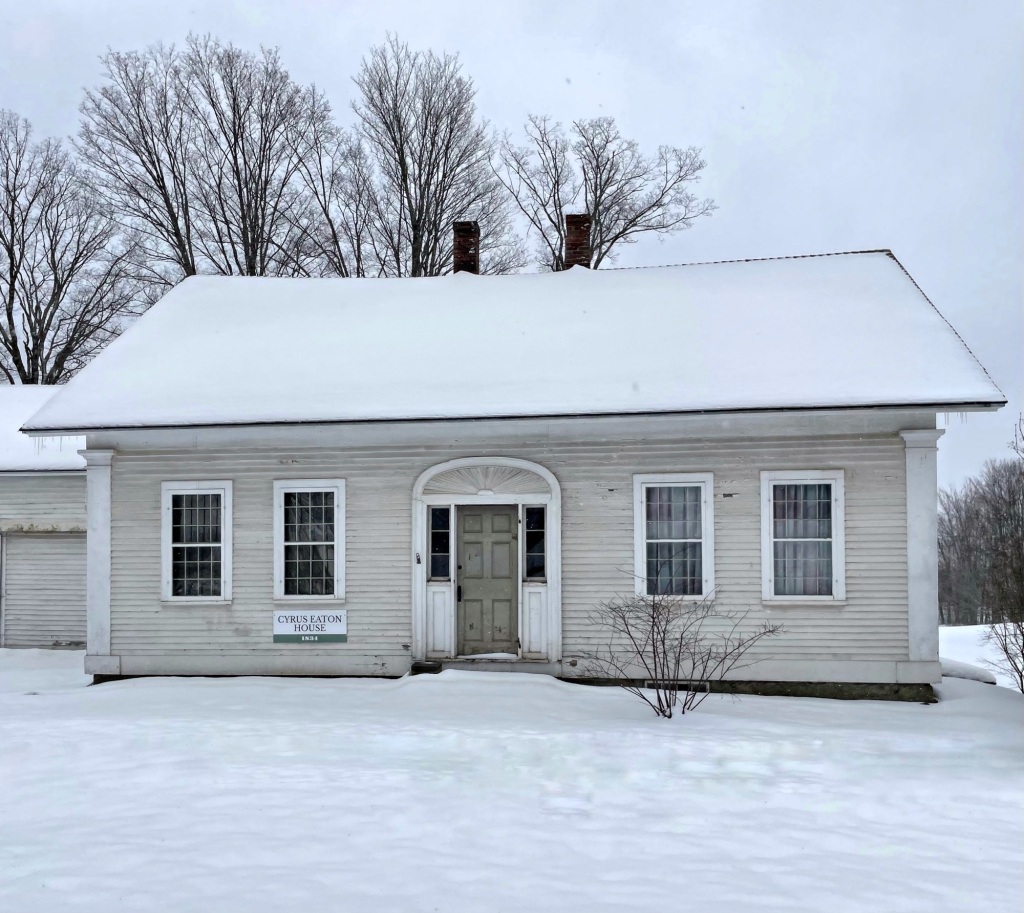
Located on the border of Canada in the northern part of Vermont, Derby is a charming town named after Derby, in England. Located in the region known as the Northeast Kingdom, the area has benefitted from timber, maple sugaring, hop vineyards, and dairy production in its history since it was settled in 1795. This border crossing is located between the villages of Derby Line, Vermont and Stanstead, Quebec, both of which are developed up to the border, and without the security and signage, you’d never guess they are different countries! The cross-border relationship was cemented in part by the construction in 1904 of the Haskell Free Library and Opera House (last post), which straddles the border and provides library services to both communities. This station was formally opened in 1932, when the main building was completed. It is one of several standardized inspection station layouts developed by the United States Treasury Department, and was the largest and most architecturally sophisticated of those built in Vermont in the 1930s. It was built as part of a program to improve border security developed to respond to increased use of the automobile, increased illegal border crossing, and smuggling related to Prohibition. After the 9/11 terrorist attacks, the border was secured and a new station directly on the border was built.

